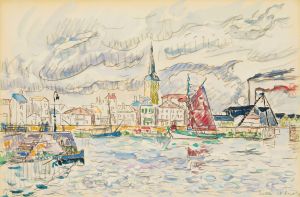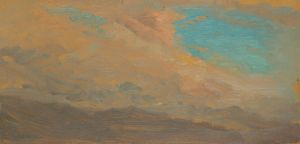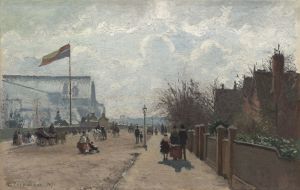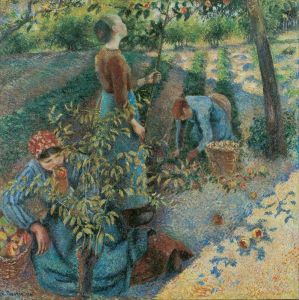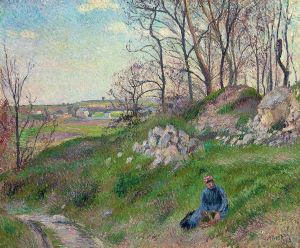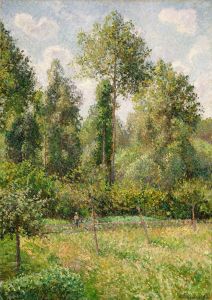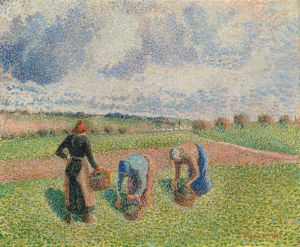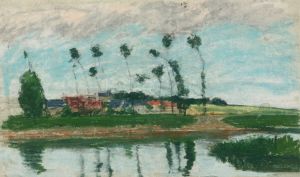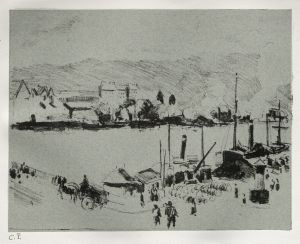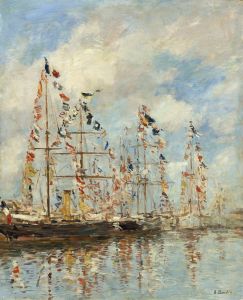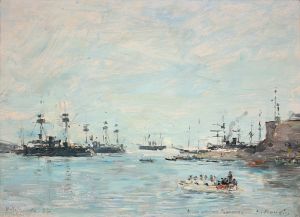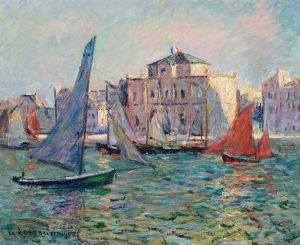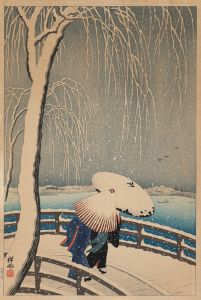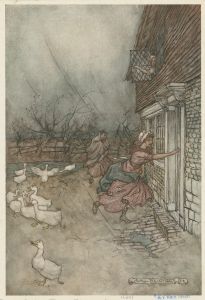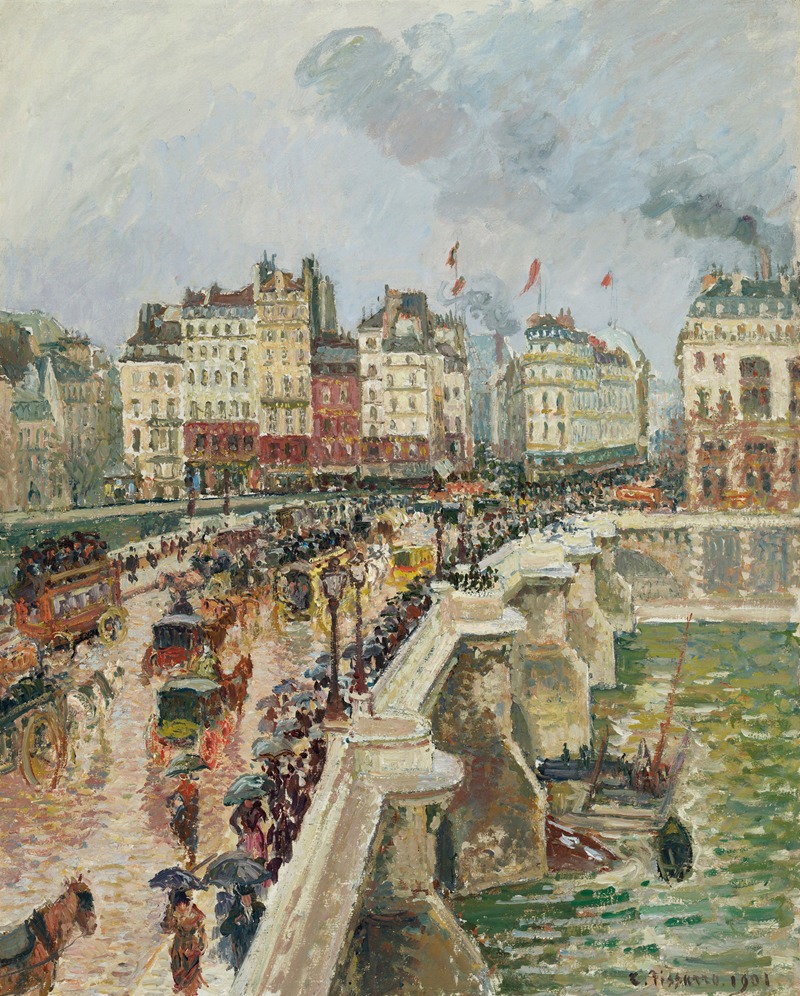
Le Pont-Neuf, après-midi de pluie
A hand-painted replica of Camille Pissarro’s masterpiece Le Pont-Neuf, après-midi de pluie, meticulously crafted by professional artists to capture the true essence of the original. Each piece is created with museum-quality canvas and rare mineral pigments, carefully painted by experienced artists with delicate brushstrokes and rich, layered colors to perfectly recreate the texture of the original artwork. Unlike machine-printed reproductions, this hand-painted version brings the painting to life, infused with the artist’s emotions and skill in every stroke. Whether for personal collection or home decoration, it instantly elevates the artistic atmosphere of any space.
"Le Pont-Neuf, après-midi de pluie" is a painting by the renowned French Impressionist artist Camille Pissarro. Created in 1901, this work is a part of Pissarro's extensive exploration of urban life and cityscapes, particularly focusing on the dynamic and bustling atmosphere of Paris. Pissarro, who was a pivotal figure in the Impressionist movement, is celebrated for his ability to capture the essence of modern life through his innovative use of color, light, and perspective.
The painting depicts the Pont Neuf, the oldest standing bridge across the river Seine in Paris, on a rainy afternoon. This location was a popular subject for Pissarro, who painted it from various angles and under different weather conditions. In "Le Pont-Neuf, après-midi de pluie," Pissarro captures the bridge and its surroundings with a keen eye for detail and a deep understanding of the interplay between natural and artificial light. The scene is animated by the presence of pedestrians and carriages, which were common sights on the bridge during that period.
Pissarro's technique in this painting exemplifies the Impressionist style, characterized by loose brushwork and a focus on the effects of light and atmosphere. The artist employs a palette of muted tones to convey the overcast sky and wet surfaces, effectively capturing the mood of a rainy day in Paris. The reflections on the wet pavement and the shimmering surface of the Seine are rendered with a delicate touch, showcasing Pissarro's mastery in depicting transient effects of weather and light.
Camille Pissarro was known for his commitment to painting en plein air, or outdoors, which allowed him to observe and render the changing conditions of the environment directly onto the canvas. This approach is evident in "Le Pont-Neuf, après-midi de pluie," where the immediacy of the scene is palpable. The painting not only reflects Pissarro's technical skill but also his interest in the social and economic changes occurring in Paris at the turn of the century. The presence of modern elements, such as the horse-drawn carriages and the bustling crowd, highlights the transformation of Paris into a modern metropolis.
Throughout his career, Pissarro was deeply influenced by his contemporaries and was a mentor to several younger artists, including Paul Cézanne and Paul Gauguin. His work on urban scenes, such as "Le Pont-Neuf, après-midi de pluie," contributed significantly to the development of Impressionism and its focus on modernity and the fleeting moments of everyday life.
Today, "Le Pont-Neuf, après-midi de pluie" is appreciated not only for its aesthetic qualities but also for its historical significance. It offers viewers a glimpse into the life of early 20th-century Paris and exemplifies Pissarro's ability to blend observation with artistic expression. The painting is housed in a private collection, and its exhibitions have allowed audiences worldwide to experience Pissarro's unique vision of urban life.
In summary, Camille Pissarro's "Le Pont-Neuf, après-midi de pluie" is a testament to the artist's skill in capturing the vibrancy and complexity of city life. Through his Impressionist lens, Pissarro transforms a rainy afternoon in Paris into a scene of enduring beauty and historical insight.





